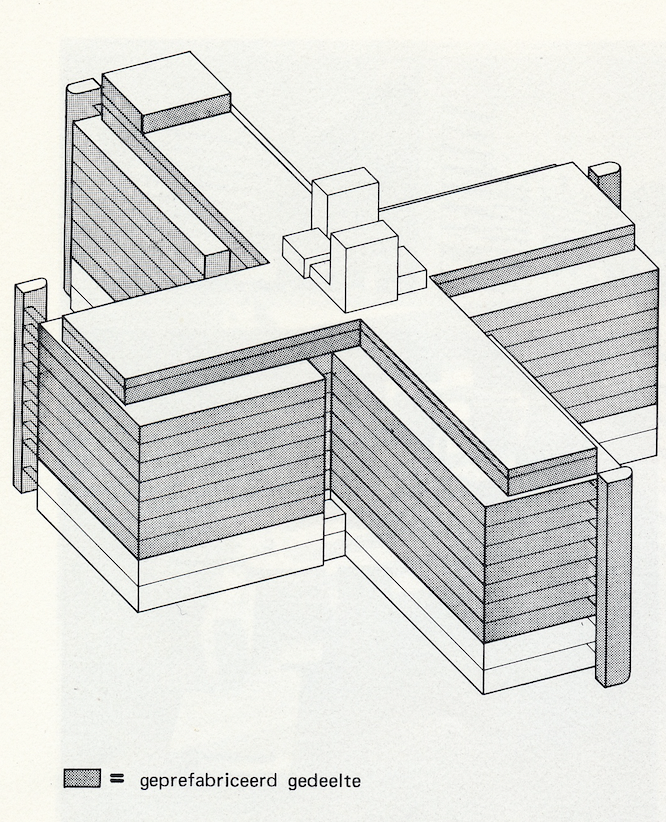
Schematic representation: grey parts are prefabricated
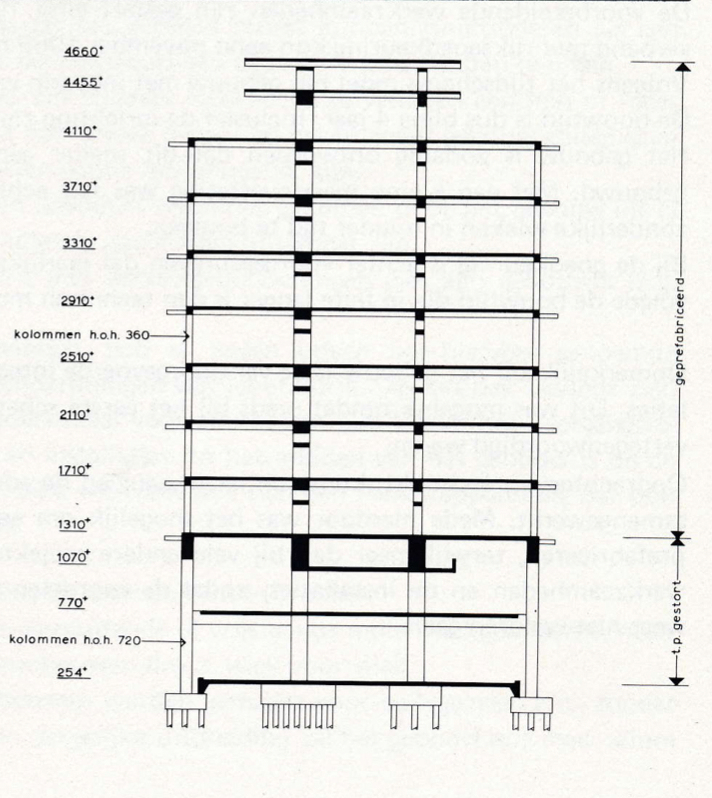
Cross section of one of the 4 wings.
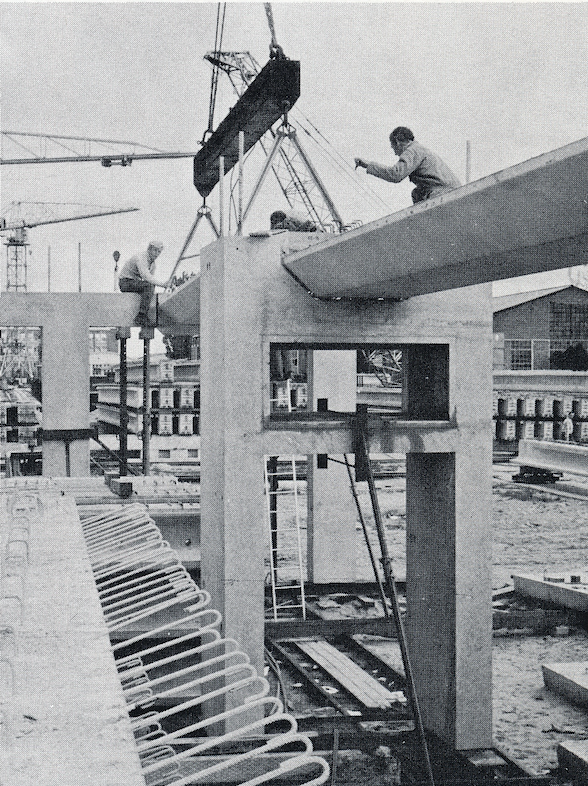
Processing pre-fab elemenets.
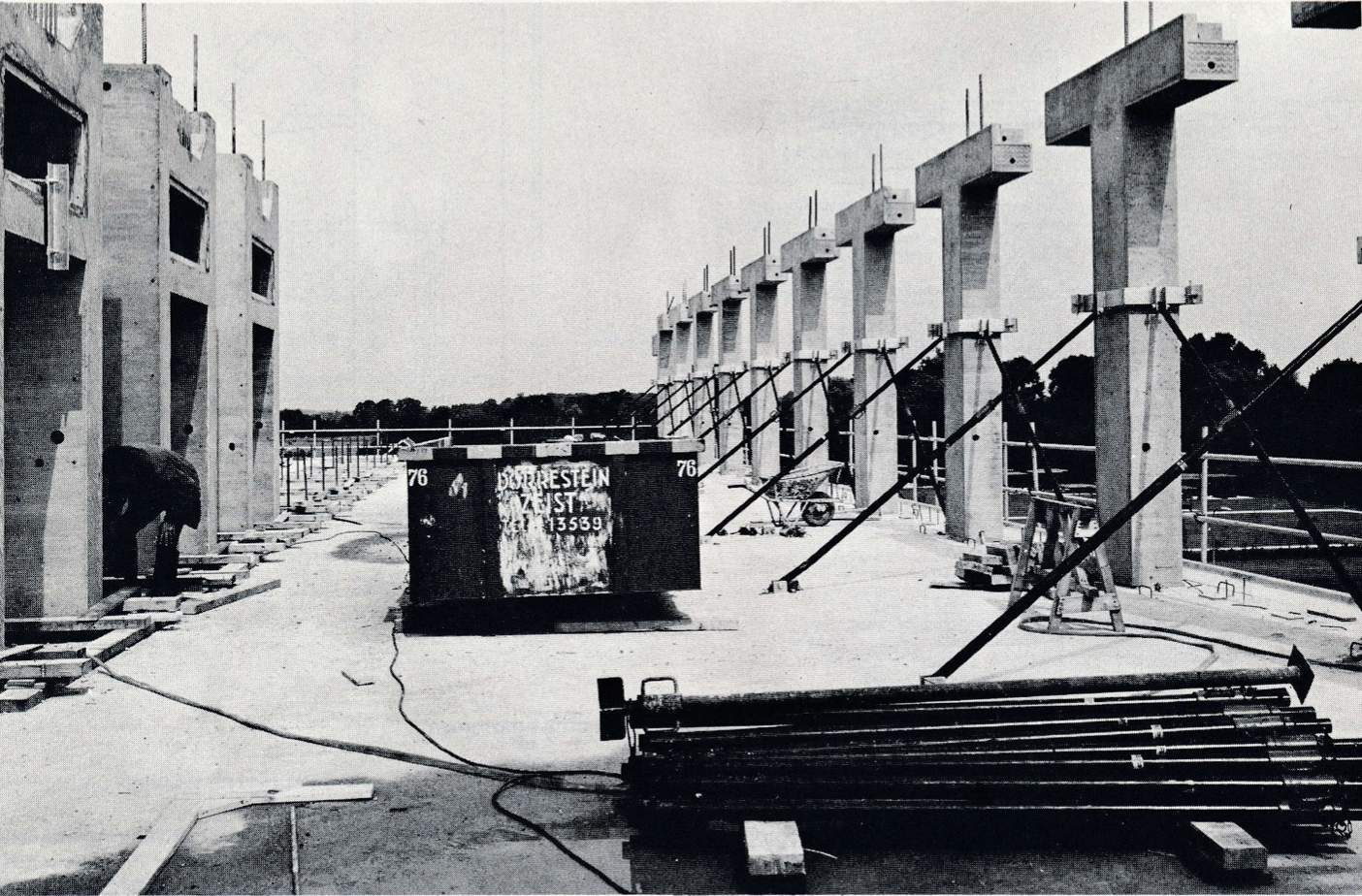
The building was meant to facilitate the growth of the university in the late 1960s, especially in the areas of Chemistry and Biology. The original name 'Transitorium 3' illustrated the idea of repetitiveness within the building, thus enabling various consecutive groups with a demand for space to utilise the building and move on again. It was designed as a 'wet' laboratory. The building has four wings built around a central core in which all stairs and elevators are situated. Its architectural style is modernist, even brutalist. In March 2024 the building was granted the official status of 'young monument' (>1965) by the City of Utrecht.
Padualaan 8, 3584CH, UTRECHT
The building was designed by ir. H.L.M. Frantzen and T.A. Brouwer from the Rotterdam architectural firm E.F. Groosman. The main contractor was HBM NV from Arnhem. The building is made from concrete and was heavily dimensioned a.o. to be able to support the weight of huge fish tanks. 849 Concrete piles were used for the construction in combination with 1.8 million kg of reinforcement steel.
The bottom two floors were constructed on site; floors 3-9 (research) were prefabricated (3.688 prefab elements in total) in Utrecht at the NV Beton- en Spanbetonfabriek "De Liesbosch". (spanbeton = prestressed concrete).
Each floor has the same typology:
- deep labs with natural light at the facade
- less deep office space with natural light at the facade
- a middle zone without daylight for storage, climate rooms, freezer rooms and specials
Between 2008 and 2012 lab renovations were designed by ASWA Architects from Rotterdam.
Preparations were started at the end of 1967. All specifications were finalised towards the end of 1968 and construction started November 1969. The building was completed in February 1973. The official opening took place at June 6th 1974 by dr. Ger Klein, State Secretary of Education.
Due to changing needs for spaces and facilities, a number of disciplines at Utrecht University were moved within the Kruyt Building and from other buildings (such as Wentbuilding) to newly equipped laboratories in the building. These renovations and refurbishments were carried out between 2008 and 2012.
- 48.600 gross sqm, 24.000 net sqm.
- 194.000 m3
- height 45 m
- Budget: Dfl. 65 Million
Europrefab Golden Trophy, 1974. The trophy was awarded in Paris, Porte Maillot on April 18th 1975. According to the jury:
"The building, due to its several levels, heavy floor and many installations, gave a difficult task to the structural engineer. The structural system used, provided a solution which complied with the demands of industrialization. It can be used again. Assembly was well organised and the self-stable elements did not need auxiliary structures. Application of trapezoid floor beams, H-portals and T-columns and slabs using in-situ formwork were an innovation and architectural formation was good. It stresses the prefabricate character of this project."
Artwork:
Jan Snoeck (1980, without title). Ceramics. In front of the building there is a vertical tapered shape with a rounded top. In the lower left corner are seven angular color lanes
applied that are repeated on the right side of the rear. On the right side, at the middle, a black diamond shape is bent to the rear. The object serves as an appetizer of what can be found inside the building. From the outside to the inside, the work in ceramics extends through the central core of all floors of the building, giving it a colourful character. Typical for the work of Snoeck is his use of bright, primary colours but als black and white. About his philosophy, Snoeck remarks: "“The essence of my work is its poetic character and I don't want to make things more weighty than they are."
In March 2024 the Basketbar was granted the official status of 'young monument' (>1965) by the City of Utrecht.
Named after Hugo Rudolph Kruyt (1882 - 1959). He was a colloid chemist and professor in Utrecht from 1916-1946. Kruyt laid the foundations for modern colloid chemistry for which he founded a colloid chemistry department in the Utrecht Van 't Hoff laboratory. In addition to his scientific work, Kruyt held numerous managerial positions. He was executive of the University of Amsterdam (1947-1958).
During the first years of WWII, Kruyt was rector magnificus of Utrecht University. At the time he tried his best to keep the university open and and he opposed student rioting in protest of the removal of Jewish Staff.




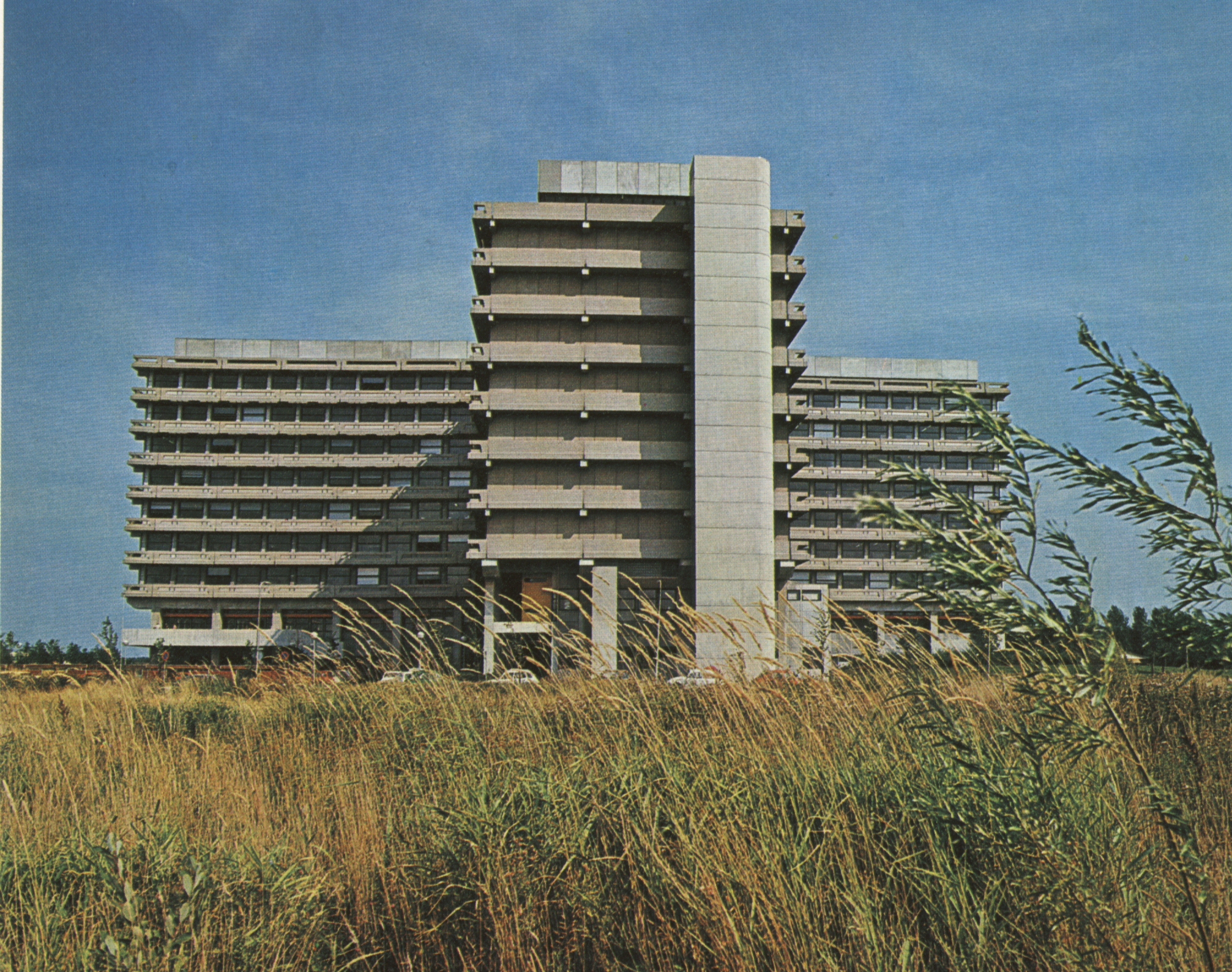
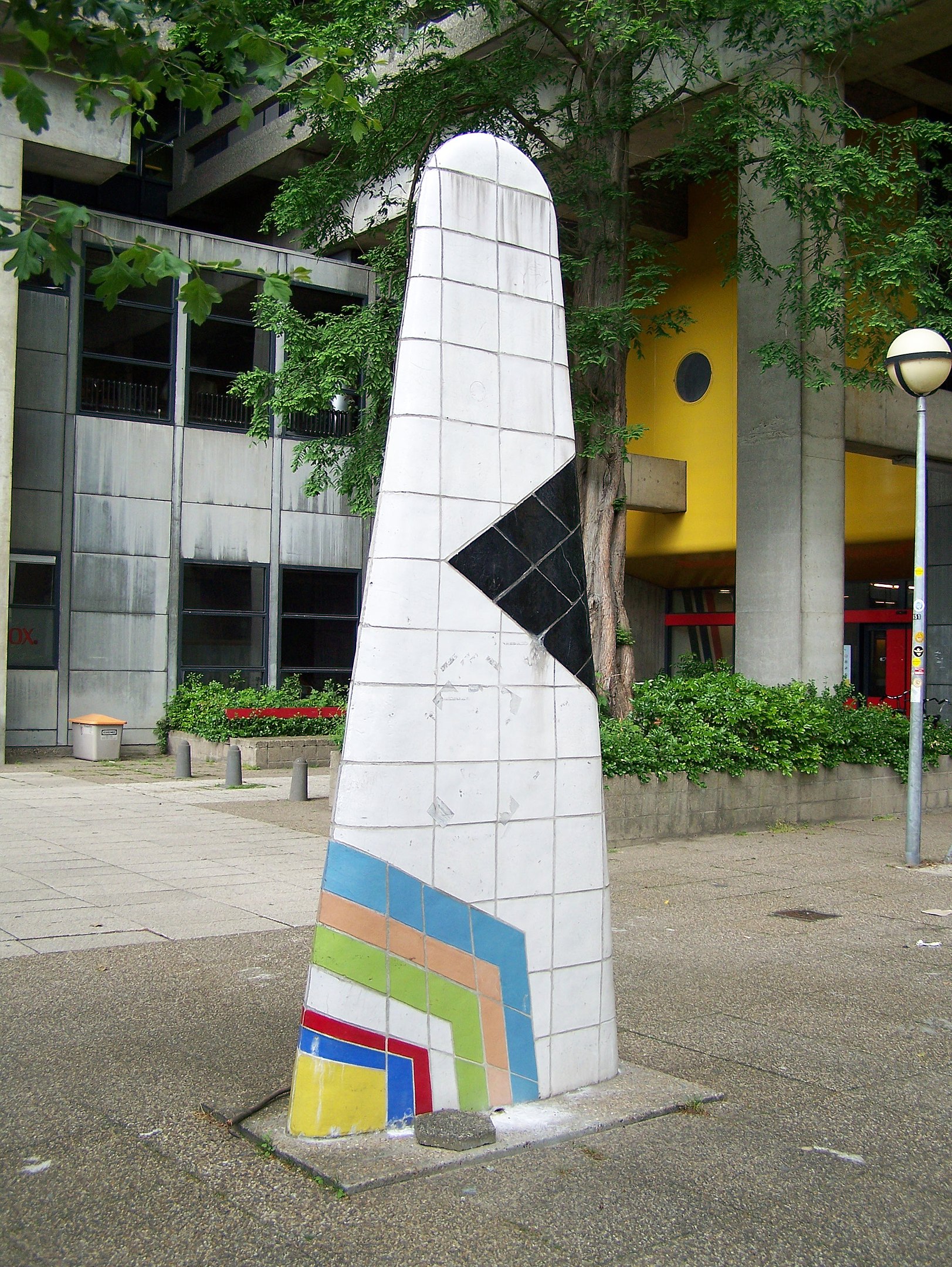
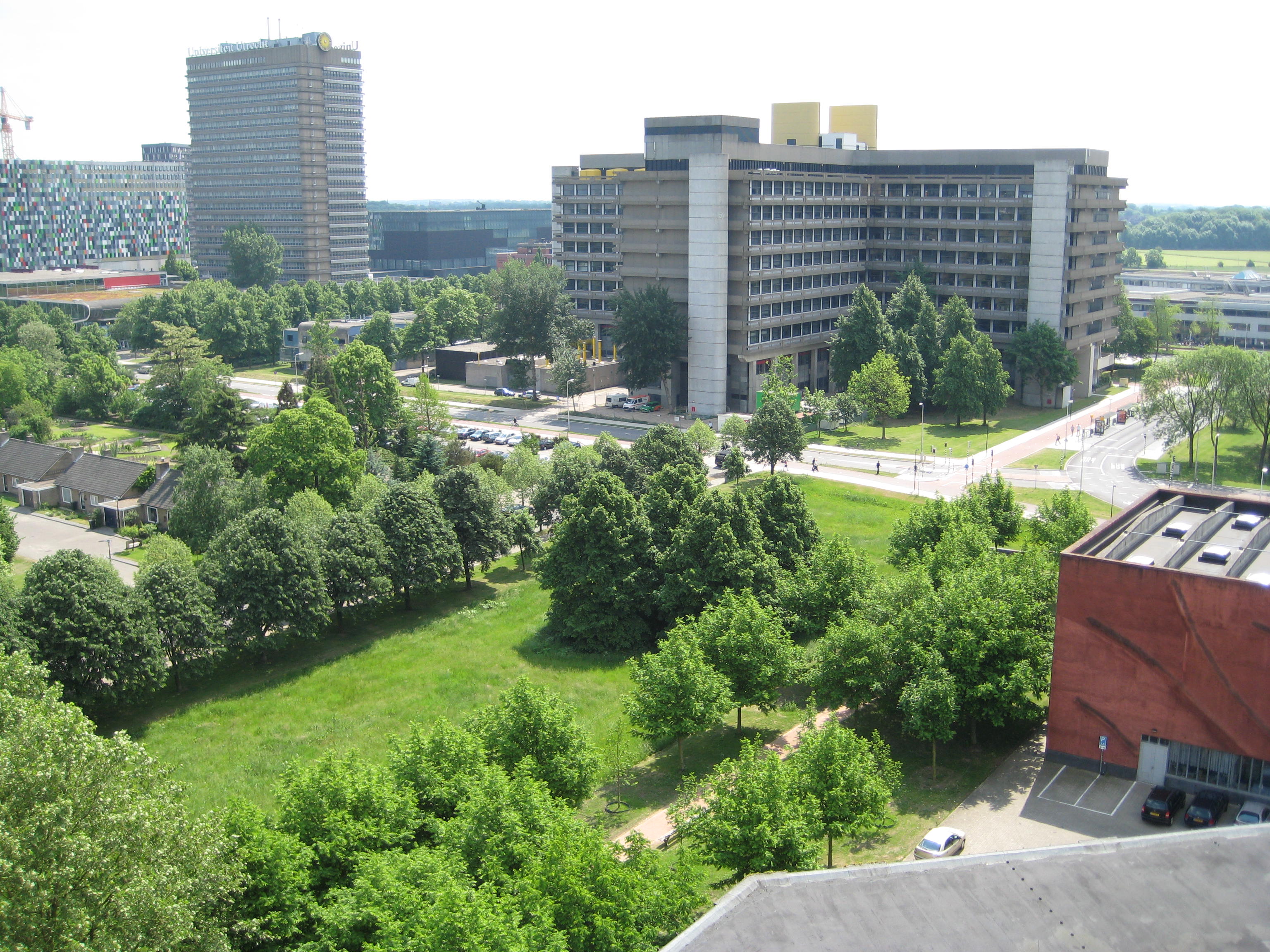
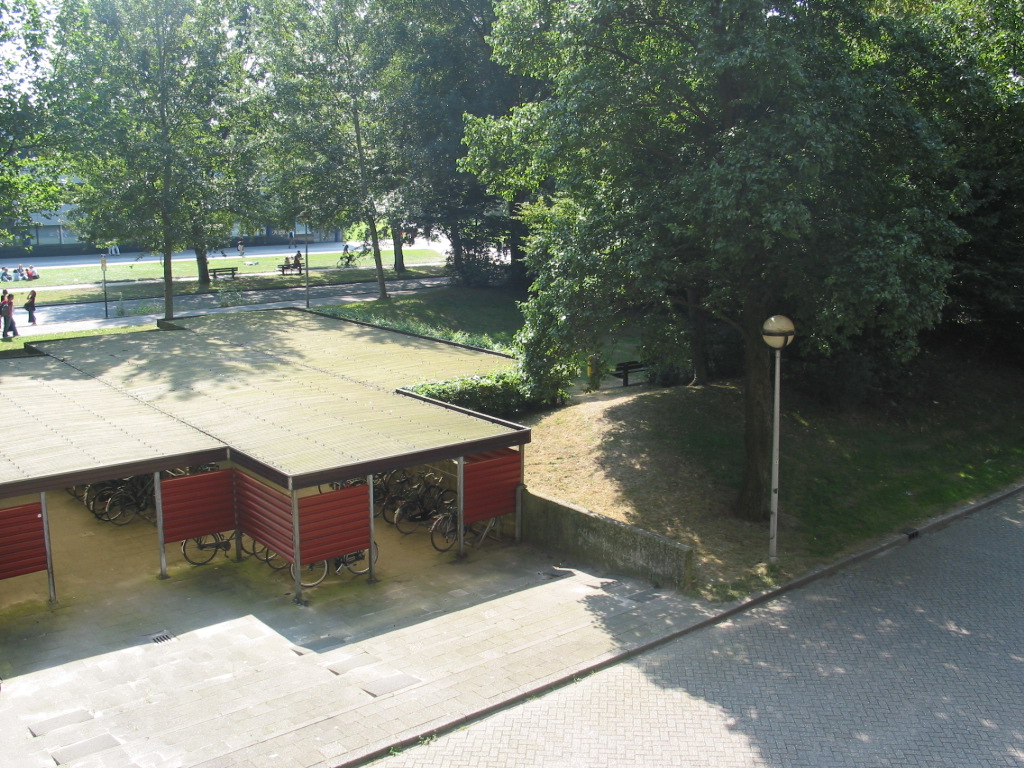
This page was designed with Mobirise template